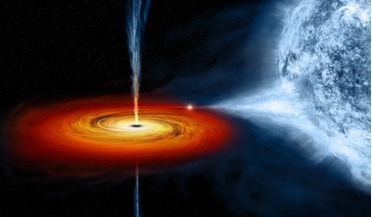 10 April 2020
A recently discovered stellar black hole could be the most massive yet, say astronomers
10 April 2020
A recently discovered stellar black hole could be the most massive yet, say astronomers
... Astrophysics Laboratory, NASA’s Swift observatory and their Neutron star Interior Composition Explorer (NICER) – another instrument ... (ISS), but this time devoted to the study of neutron stars. After detecting the signal from MAXI J1348−630, the team...
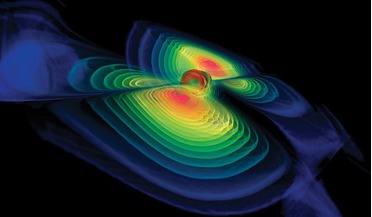 March 2016
Gravitational waves provide new window on the universe
March 2016
Gravitational waves provide new window on the universe
...where all of the objects within it, such as the planets, stars and galaxies, act as balls making it bend and creating ... to detect the signal coming from the coalescence of two neutron stars, or a neutron with a black hole. With it, we might be able...
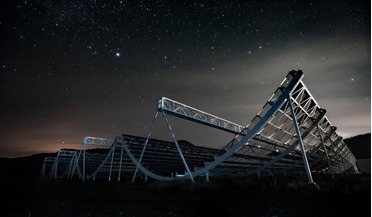 04 November 2020
New studies reveal the origin of fast radio bursts
04 November 2020
New studies reveal the origin of fast radio bursts
...that some kind of stellar remnant such as a neutron star, dense remnants of giant stars that have gone supernova, were the source of FRBs.... Then, highly magnetised young neutron stars known as magnetars became the main contender. As ...
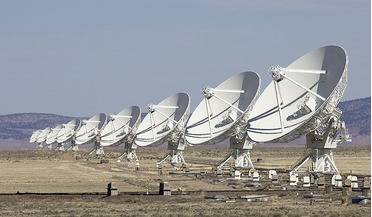 05 January 2017
Astronomers pinpoint location of mysterious fast radio bursts
05 January 2017
Astronomers pinpoint location of mysterious fast radio bursts
... of these events.” So what could be causing these baffling bursts? Top of the list is a neutron star or a magnetar – a type of neutron star with an extremely powerful magnetic field – or an active nucleus in the host galaxy. In this situation...
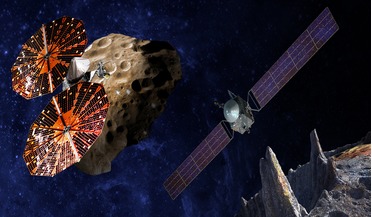 06 January 2017
NASA selects three new missions to study the early solar system and energetic X-rays from black holes
06 January 2017
NASA selects three new missions to study the early solar system and energetic X-rays from black holes
..., IXPE will look at the turbulent and extreme environments of phenomena such as stellar and supermassive black holes, neutron stars and pulsars. The one thing these objects have in common is an abundance of high energy X-ray radiation and...
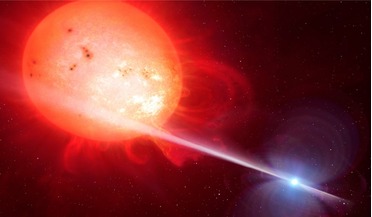 September 2017
Binary stars and their extraordinary lives
September 2017
Binary stars and their extraordinary lives
... interactions just before helium ignites, a new type of star called a subdwarf-B star forms. What we see is the exposed, nuclear-burning...impression of the binary system. Similarly, when two neutron-stars merge, not only does the process produce the ...